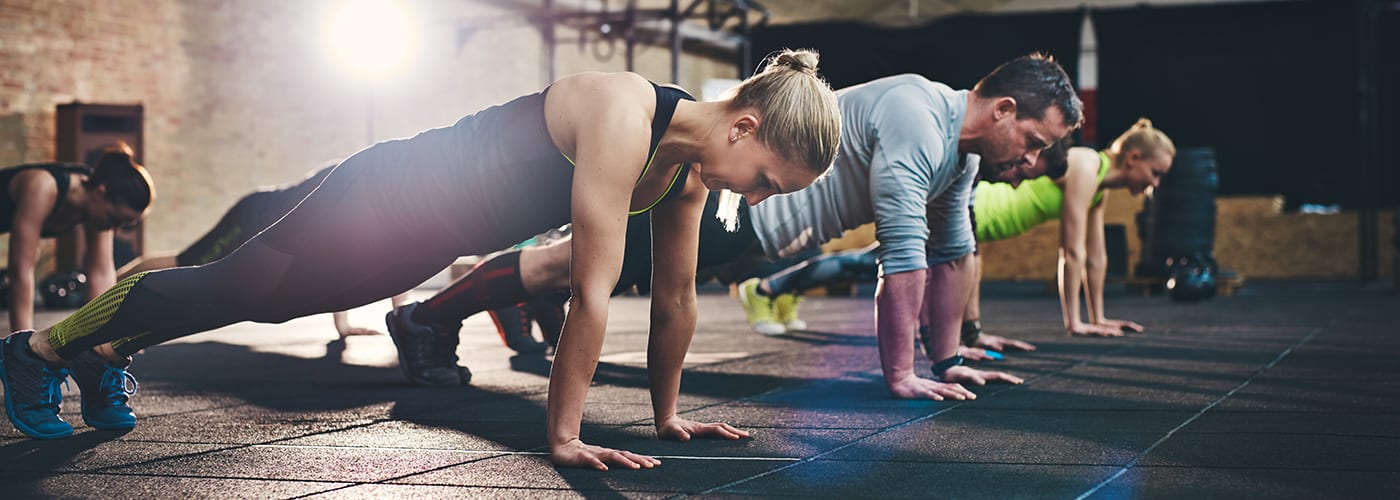Do you live with constant pain that never seems to stop? Chronic pain affects over 20% of Americans each year, and the numbers continue to rise. Suffering from chronic pain can make it extremely difficult to complete even simple daily tasks. It may seem impossible to work out when you are dealing with chronic pain; however, working out can help reduce your chronic pain.
Many times people who suffer from chronic pain want to do as little amount of physical activity as possible. Still, it can have damaging effects on your health and cause more problems. Choosing the right workouts can increase your strength and help manage your pain a lot better. HiDow International wants you to live a healthy, pain-free life.
Check Out These Great Workouts To Help You Deal With Your Chronic Pain
Pilates
If you suffer from chronic back pain, pilates may be the workout you need. Pilates is a great exercise that works to stabilize your core, which includes your abdominals as well as your back muscles.
The exercise movements in pilates are built to strengthen your core muscles and help with the alignment of your body. Studies have shown that regularly practicing pilates can help reduce back pain.
Lifting Weights
Lifting weights is not always meant for building up your physique; it can also be a great way to strengthen your joints and muscles. Many times chronic pain can be attributed to weakened muscles and tendons around the affected joints.
Strengthening the joints makes them more stable and can help reduce chronic pain. One of the most important aspects of weightlifting is not to overload yourself with too much weight. Start with some light dumbbells to help you strengthen your muscles.
Stretching
Many people don’t understand the importance of stretching out your muscles. When muscles are not stretched over time than can become tense and lose flexibility. Stiff muscles and tendons can increase the risk of obtaining an injury.
Stretching is predominantly used as a preventive exercise to lower the chance of an injury. However, it can also help those who currently are in pain. Stretching also is a great way to strengthen any weak joints around your muscles so they can be more stable.
Walking
Taking a nice blissful walk will not only get you some fresh air but will also help alleviate some of the pain you have. A 30-45-minute walk several times a week, can have a positive impact on strengthening your core and muscles around your joints.
Start with a short walk around your neighborhood and gradually build up to longer walks the stronger you become.
Water Exercises
Working out in the water has great benefits for helping with chronic pain. Water exercises are a low impact on your joints and can help with keeping you stable. Whether you swim laps, tread water, or do water aerobics, working out in the water can help relieve some of your chronic pain.
When joints are inflamed, cold water can aid in reducing the amount of swelling. Water exercise tends to be a popular workout choice for those who have chronic pain.
Yoga
Yoga has been around for generations and has helped many people with their minds, body, and soul to live a more fulfilling life. The stretching and different poses yoga offers can help lower the amount of pain you have.
Yoga is designed to help increase your flexibility and quiet the mind from stress and other negative thoughts.

Related Stories
Red, White, and Soothe: How HiDow Helps You Recover in the Heat
Recovery that works in winter doesn’t always hold up in the heat. The body reacts...
Jul
Massage Gun Showdown: How the Power Duo Compares to Traditional Methods
Have you ever considered that a handheld device could revolutionize your muscle recovery? With the...
Jun
Fatherly Fitness Tips For Men’s Health Month
Men’s Health Month is more than a date on the calendar—it’s a call to action....
Jun
Built to Move: The Everyday Recovery Edit
Movement is what keeps us going—literally. Whether it’s recovering after a run, loosening up after...
Jun
Unlocking The Secret To Tissue Injury Recovery With TENS/EMS Devices
Have you ever wondered why some injuries take longer to heal than others? Tissue injuries...
May
Get Mobile With HiDow TriggerFlex Tools & TriggerFlex 2.0
Tight muscles holding you back? Whether you’re dealing with daily tension or post-workout soreness, recovery...
May